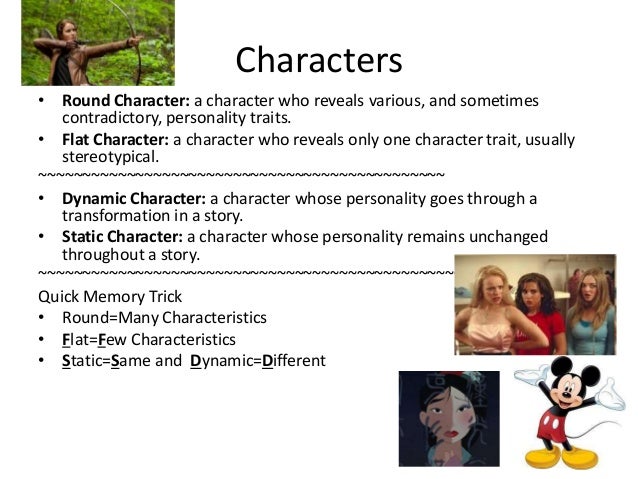

For writers, who have to manage complex, intriguing plots, rich settings, page-turning prose, and well-rounded characters, writing characters who feel familiar to us feels like sinking into a warm bath with a tub of crème caramel and some Cadbury eggs at hand. Laziness is at the heart of prejudice, of snap judgments, and of flat characters. Ultimately, it’s because people are lazy. The reader is bored we already know these people. The younger sister, obviously, is the one with tears and snot all over her face. She wants to do things by the letter and is totally unemotional. Predictably, the stuff she says all falls into this category: She’s the one in the family who’s very cut and dry. Second, as with most stereotypes, the older sister goes on to behave in a way that assuages our collective knowledge about this character. The issue here is twofold: First, the characters are clearly stereotypes. She dresses in all black, wears skirt suits with sensible heels her hairstyle is “severe.” No points for guessing how she talks: in clipped cadences, obviously. The other sister, the oldest in the family, lives in the big city and has a job in finance, or something very like it. She’s got unruly hair, dresses in natural fibers, sits on the floor. One sister, the younger, is a hippie type. On the flip side, take, for instance, a story I read in a past submission period over at Tahoma Literary Review: A young man goes home to contend with his sisters over their recently deceased father’s estate. Which one of our friends and acquaintances has funny little quirks that allow us to enjoy their company? Probably every single person we know.

If you think about it, it comes from their being real. There is a reason these characters stand both the test of time and the ever-churning mill of pop culture: Ultimately, their natural likeability comes from an element of surprise, of unexpectedness.


 0 kommentar(er)
0 kommentar(er)
